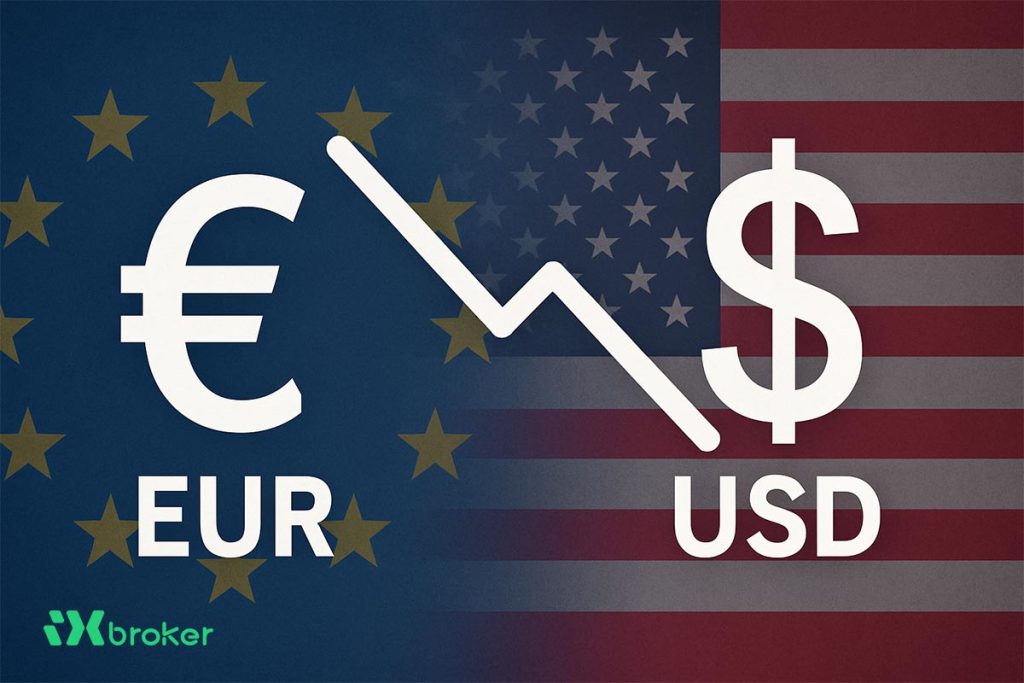Gold Prices React to Geopolitical and Economic Factors
Gold prices experienced a retreat from recent highs near $2,430 as investors expressed reduced concerns about escalating tensions in the Middle East. The surge in US bond yields, attributed to the Federal Reserve’s indication of a potential rate cut cycle starting in September, contributed to the strength of the US Dollar. This led to a decline in the price of gold (XAU/USD) to $2,330 during Monday’s early New York session. The short-term outlook for gold was influenced by the expectation of a lack of further escalation in geopolitical tensions.
Reduced expectations of Fed rate cuts for the June and July meetings, coupled with diminished fears of heightened Iran-Israel tensions, exerted pressure on gold. The Federal Reserve’s stance on maintaining restrictive interest rates until inflation reaches the target rate of 2% also impacted the market sentiment.
Furthermore, robust US Retail Sales data for March, which exceeded expectations, bolstered bond yields and the US Dollar. The 10-year US Treasury yields surged to 4.61%, contributing to increased opportunity costs associated with holding gold investments. The US Dollar Index (DXY) reached a fresh five-month high at 106.16, reflecting its strength against major currencies.
In light of geopolitical developments, gold prices retreated from recent highs as investors perceived Iran’s air strike on Israel as a retaliatory response to an earlier incident. The statement from the United States indicating non-support for Israel’s counterattack has instilled confidence among investors that tensions in the Middle East are unlikely to escalate further. The uncertainty surrounding the Federal Reserve’s potential shift to rate cuts has also impacted gold prices, with market expectations for rate cuts being revised to the September meeting following the hotter-than-expected US Consumer Price Index report in March.
In summary, the movement of gold prices has been influenced by a complex interplay of geopolitical factors, Federal Reserve policy expectations, and economic indicators.




